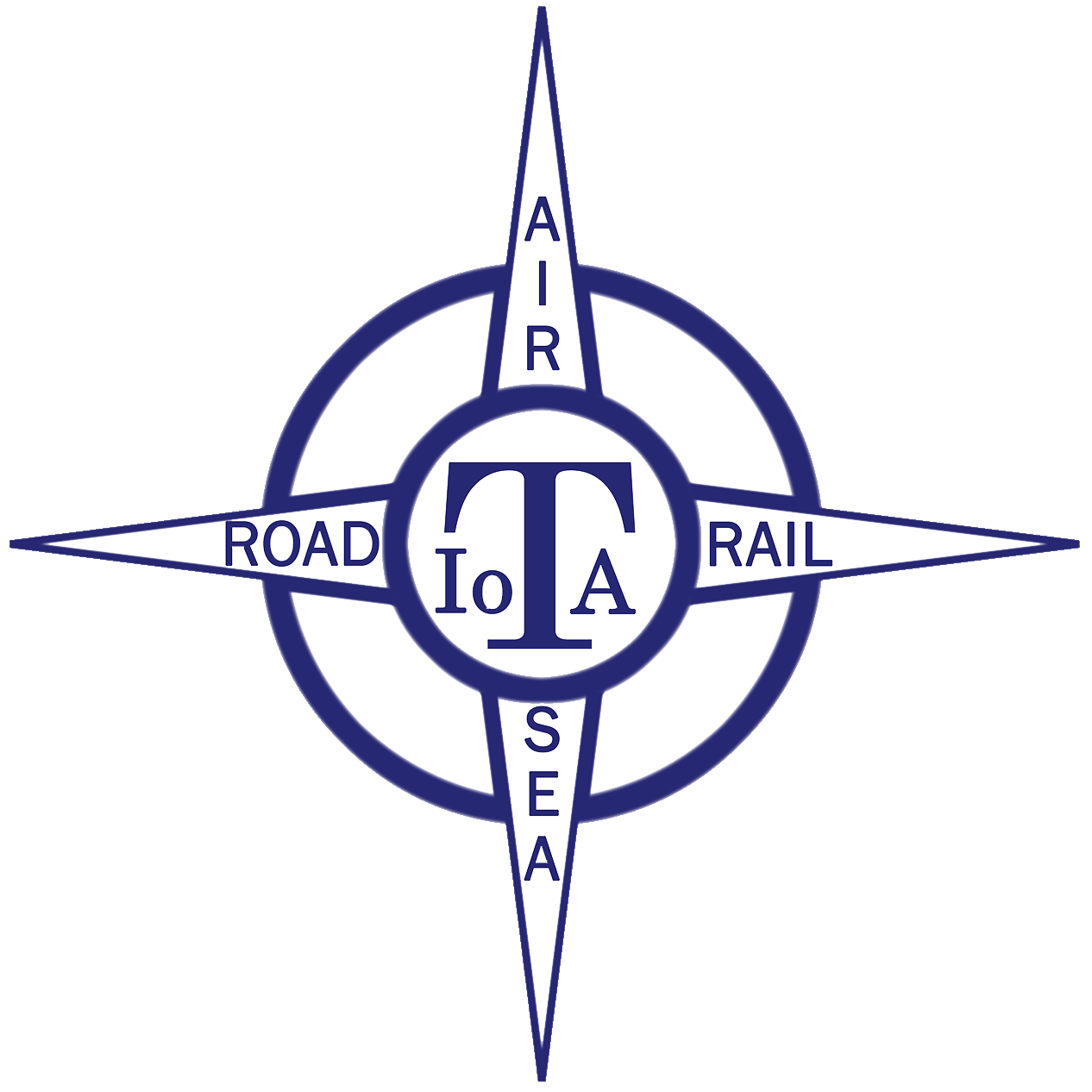Councils outside London will be given powers to enforce so-called moving traffic offences from December, the Government has confirmed.
The powers were initially outlined by the Prime Minister, Boris Johnson, last year, in an effort to increase walking and cycling in England.
The new enforcement powers will allow local authorities, rather than the police, to enforce against moving traffic offences such as disregarding one-way systems or entering mandatory cycle lanes.
The change has already taken effect in London, where reports suggest it has significantly reduced police workload on traffic offences, allowing officers to prioritise more important matters, while also improving enforcement.
The Government is proposing that motorists be issued with a warning for a first offence, and fines for subsequent offences.
The enforcement of moving traffic offences such as stopping on a yellow box junction, making an illegal turn or driving down a ‘no entry’ road resulted equated to £58.2m in 2018/19 for authorities – £11.5m more than in 2016/17 (£46.7m).
RAC spokesman Simon Williams said: “It’s right that councils outside London have the ability to enforce known rule-breaking hotspots, but we’re fearful that some authorities may be over enthusiastic in using their new powers for revenue raising reasons, to the detriment of drivers.
“While the Government has pledged to give councils advice on how best to let drivers know enforcement is taking place, what’s really needed is clear guidance on making sure enforcement is always carried out fairly.
“Drivers who blatantly ignore signage or highway rules should expect penalties, but there are instances which are not always clear-cut.”
Williams says that large yellow box junctions, for example, can be particularly problematic to get across without stopping, often due to their design.
“It’s important common sense is applied rather than instantly issuing penalties to drivers,” he said.
“The first thing councils should do is review the road layout at these junctions to make sure drivers can negotiate them at all times, but especially at busy periods.”
The RAC also wants councils to closely monitor the number of penalty charge notices issued, as very high volumes in one particular location is likely to indicate something is wrong, either with signage or the design of the road.
